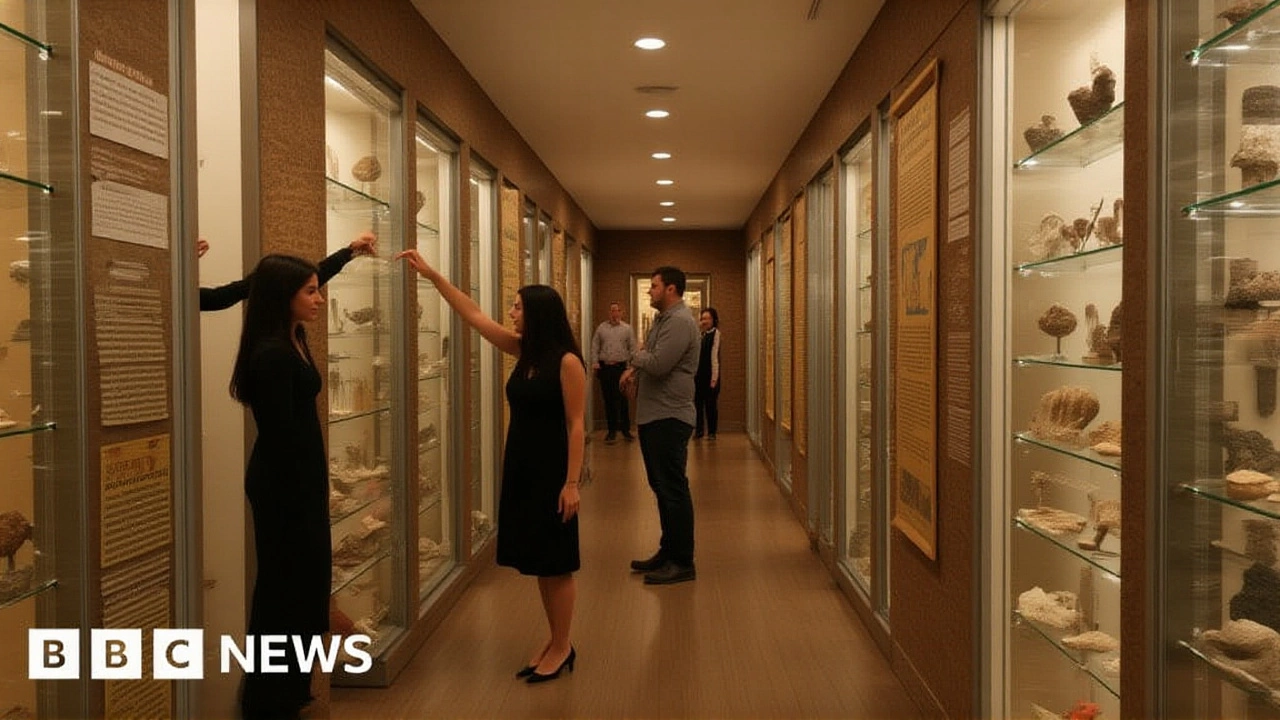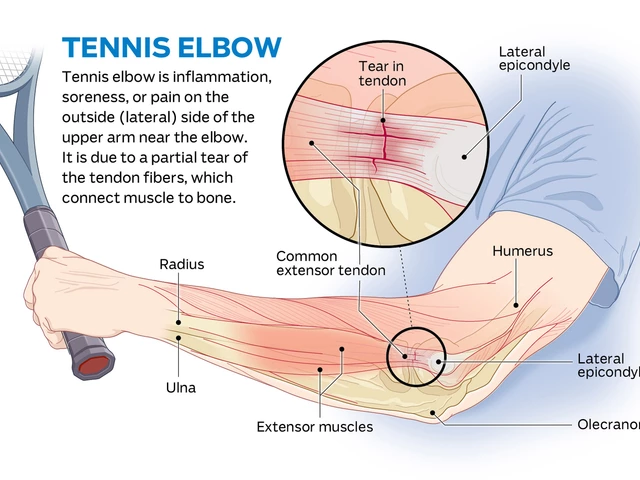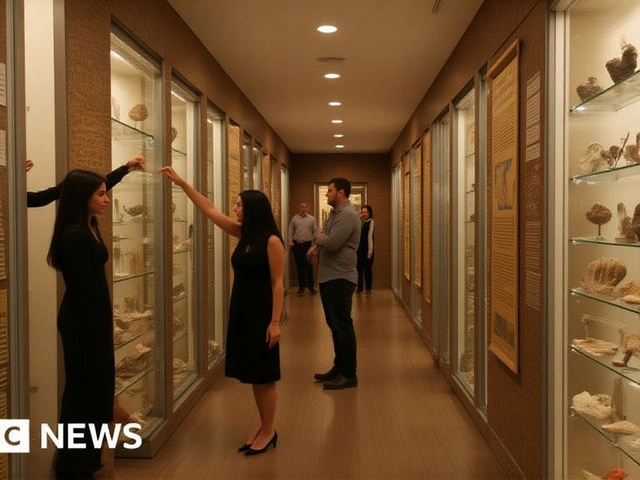On March 26, 2025, Derbyshire County Council made a definitive move to resurrect one of the Peak District’s most cherished cultural institutions — the Buxton Museum and Art Gallery — by announcing plans to relocate it to a central, purpose-built site in Buxton. The decision, confirmed via the museum’s official WordPress blog, isn’t just about bricks and mortar. It’s about restoring a vital public heartbeat to a town that’s been waiting since June 1, 2023, when structural issues forced the closure of its historic home in Peak Buildings.
A Museum in Limbo
For nearly two years, the museum’s treasures — from Roman coins unearthed in local quarries to delicate 18th-century porcelain and geological specimens from the Peak’s limestone caves — have been tucked away in secure storage. The closure didn’t silence the museum, though. Staff kept the spirit alive with pop-up exhibits at Buxton Library on Kents Bank, bringing fragments of the Peak District’s story to schools, care homes, and community centres. That resilience speaks volumes. But a library corner isn’t a museum. People didn’t just want to see artefacts — they wanted to experience them, in context, with space to breathe, to reflect, to be amazed.The £77,000 Lifeline
Enter Arts Council England. In a quiet but decisive act of faith, the national body awarded Buxton Museum and Art Gallery £77,000 — not for the new building, but to bridge the gap. That money funded temporary operations, digital outreach, and the logistics of moving over 15,000 objects safely. It’s not a fortune in the grand scheme, but it was the difference between fading into obscurity and staying in the game. As one staff member told Explore Buxton, “That grant said: ‘We believe you still matter.’”
More Than Just a Museum
This isn’t a standalone project. It’s the anchor of a much larger vision. High Peak Borough Council’s “Revitalising Buxton” program, launched earlier and now gaining real momentum, has already brought in Capital and Centric as its development partner. The plan? To turn the town centre into a cultural and civic hub — and the museum is the first stone in that wall. The announcement also confirmed that Buxton Library will move alongside the museum, creating a combined cultural quarter where learning, history, and community space converge.Think about it: the old museum sat across from The Slopes, its mint-green pepper-pot dome a quirky landmark. But parking was tight, access was awkward, and the building itself was crumbling. The new location — still under wraps — will be centrally positioned, walkable from the train station, and connected to the town’s main pedestrian flow. No more 10-minute walks from the station. No more confusion over parking. Just a clear, inviting destination.
Why This Matters
Buxton isn’t just a spa town. It’s a living archive. The museum’s collections tell the story of how people lived, worked, and worshipped here for millennia. Its “Wonders of the Peak” exhibition, redesigned in 2017, was one of the few places in the UK where you could trace the geological forces that shaped the Pennines through the same lens as the lives of Victorian miners and Bronze Age farmers. Losing that connection would have been a quiet tragedy.Now, with the council’s commitment, it’s becoming a catalyst. Tourism in Buxton has been steady, but not explosive. Local businesses have felt the pinch of the museum’s closure. Cafés near Terrace Road saw fewer visitors. Gift shops lost their biggest draw. The council knows this. That’s why they’re framing it not as a heritage project, but as an economic one. “A thriving cultural and civic heart for Buxton, where heritage and ambition meet,” reads their official statement. That’s not jargon. It’s a promise.

What’s Next?
The next six to twelve months will be critical. Design workshops, community consultations, and architectural planning are already underway. No final site has been announced, but whispers point to locations near the Market Place or the former bus station site — both central, both underutilised. Funding for the full rebuild is still being secured, with bids to the National Lottery Heritage Fund and the UK Shared Prosperity Fund expected later this year.One thing is clear: the old museum building at Peak Buildings — with its distinctive dome and faded green paint — is officially gone. The council sold it in January 2025. The site will be redeveloped. But the soul of the museum? That’s being reborn.
Frequently Asked Questions
When will the new Buxton Museum open?
No official opening date has been set, but planning and design work is expected to be completed by late 2026, with construction likely starting in early 2027. The goal is to open the new facility by mid-2029, pending funding approvals and community feedback. Temporary exhibitions will continue at Buxton Library in the meantime.
Will admission still be free?
Yes. The museum has always been free to enter, with donations welcomed to support operations. Derbyshire County Council has confirmed this policy will continue in the new location. The £77,000 from Arts Council England was specifically for relocation logistics, not operational costs — so ongoing funding will rely on public support and future grants.
What happened to the museum’s collections during the closure?
All 15,000+ artefacts — including rare geological samples, archaeological finds, and fine art — were carefully moved to secure, climate-controlled storage in early 2025 after the sale of Peak Buildings. Conservation teams have been cataloguing and preserving items, and select pieces are still being featured in rotating pop-up displays at Buxton Library and other community venues.
How does this affect tourism in Buxton?
The museum’s return is expected to boost visitor numbers significantly. Before its closure, it attracted over 40,000 visitors annually, many of whom also visited the Pavilion Gardens, the Pump Room, and local shops. A modern, central museum could increase that by 30–50%, according to economic impact models commissioned by High Peak Borough Council, making it a key driver of the town’s post-pandemic recovery.
Who is responsible for funding the new building?
Derbyshire County Council is leading the project, but funding will require partnership. Bids are being prepared for the National Lottery Heritage Fund (up to £5 million), the UK Shared Prosperity Fund, and private philanthropy. High Peak Borough Council and Capital and Centric are also contributing planning resources and site analysis. The £77,000 from Arts Council England was only for temporary operations — the full rebuild will cost an estimated £8–12 million.
Can the public help shape the new museum’s design?
Absolutely. Community consultations are scheduled for summer 2025, with public workshops, online surveys, and school engagement programs planned. Residents are encouraged to share ideas on exhibit themes, accessibility features, and how the space can serve both locals and tourists. The council has pledged that community input will directly influence the final design.






